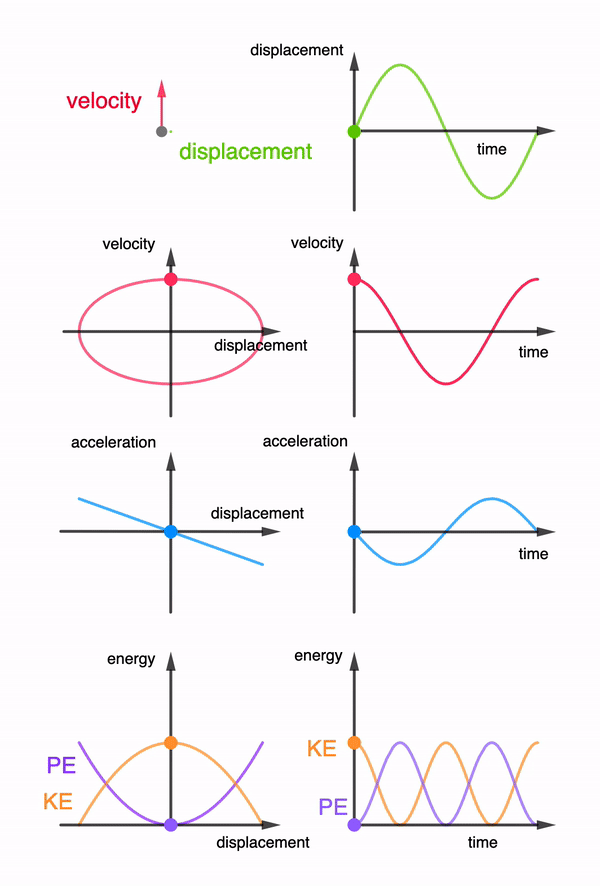After setting up my newest toy, the Creality Ender 3 V2 3D Printer, I started with a few simple prints from the Thingiverse website. The first Physics-related object created is for a colleague – a tippe top. This interesting mushroom-shaped toy is spun with the round top facing down. If it is spun fast enough, it will eventually spin upright, in the opposite orientation to where it started spinning. In doing so, it’s centre of mass even shifted upwards.
The source of the STL file is: https://www.thingiverse.com/thing:536377
The following video gives an explanation for why this happens.

